-

tert-butyl (2-chloropyridin-3-yl)carbamate CAS:209798-48-1
Tert-butyl (2-chloropyridin-3-yl)carbamate, with the chemical formula C11H14ClNO2, is a noteworthy compound characterized by its distinctive molecular structure and versatile applications. This organic compound showcases intriguing chemical properties that make it valuable across various domains, particularly in pharmaceutical research and organic synthesis. Its molecular configuration presents avenues for innovation in developing novel compounds and materials, establishing it as a significant component in chemical exploration and experimentation.
-
![Tert-Butyl 4-(6-Bromo-[1,2,4]Triazolo[1,5-A]Pyridin-2-Yl)Piperidine-1-Carboxylate CAS:1422344-42-0](https://cdn.globalso.com/xindaobiotech/10WCKQ6EGR3DADJD9G104.png)
Tert-Butyl 4-(6-Bromo-[1,2,4]Triazolo[1,5-A]Pyridin-2-Yl)Piperidine-1-Carboxylate CAS:1422344-42-0
Tert-Butyl 4-(6-bromo-[1,2,4]triazolo[1,5-a]pyridin-2-yl)piperidine-1-carboxylate, with the chemical formula C17H23BrN4O2, is a remarkable compound known for its distinctive molecular structure and versatile applications. This organic compound exhibits intriguing chemical properties that make it valuable across various domains, particularly in pharmaceutical research and organic synthesis. Its molecular arrangement presents opportunities for innovation in developing novel compounds and materials, positioning it as a significant component in chemical exploration and experimentation.
-
![tert-Butyl 5-nitro-2-oxospiro[indoline-3,4'-piperidine]-1′-carboxylate CAS:2089301-60-8](https://cdn.globalso.com/xindaobiotech/@LXIVIBPRLO53RUL5FBL7H783.png)
tert-Butyl 5-nitro-2-oxospiro[indoline-3,4'-piperidine]-1′-carboxylate CAS:2089301-60-8
tert-Butyl 5-nitro-2-oxospiro[indoline-3,4'-piperidine]-1′-carboxylate is a chemical compound renowned for its unique molecular structure and versatile applications. With the molecular formula C17H21N3O5, this organic compound exhibits intriguing properties that make it valuable in various industries, particularly in pharmaceutical research and synthesis. Its distinctive structure and composition offer opportunities for innovative drug discovery and development, making it a key compound in medicinal chemistry endeavors.
-
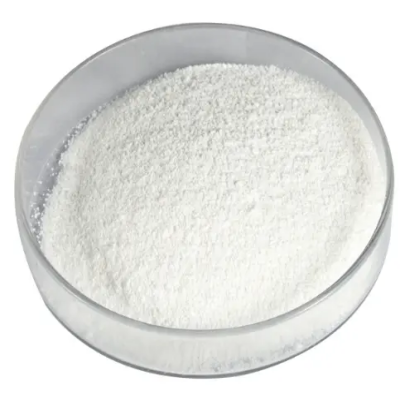
tert-butyl 4,5,6,7-tetrahydro-1H-indazol-5-ylcarbamate CAS:1158767-01-1
Tert-butyl 4,5,6,7-tetrahydro-1H-indazol-5-ylcarbamate, with the chemical formula C14H20N2O2, stands out for its distinctive molecular structure and versatile applications. This organic compound showcases intriguing chemical properties that make it valuable across various domains, particularly in pharmaceutical research and organic synthesis. Its molecular arrangement offers avenues for innovation in developing novel compounds and materials, establishing it as a significant component in chemical exploration and experimentation.
-
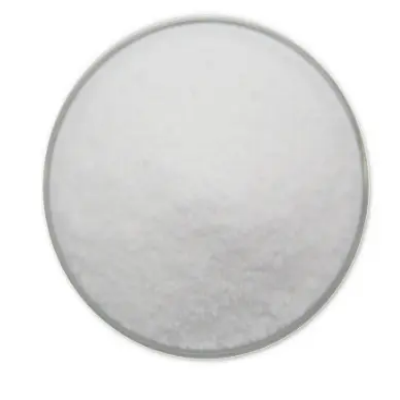
tert-Butyl (3S,4R)-3-amino-4-phenylpyrrolidine-1-carboxylate CAS:1643979-48-9
Tert-Butyl (3S,4R)-3-amino-4-phenylpyrrolidine-1-carboxylate, with the chemical formula C15H23NO2, is a notable compound distinguished by its unique molecular structure and versatile applications. This organic compound exhibits intriguing chemical properties that render it valuable across various domains, particularly in pharmaceutical research and organic synthesis. Its molecular configuration presents avenues for innovation in developing novel compounds and materials, positioning it as a significant component in chemical exploration and experimentation.
-
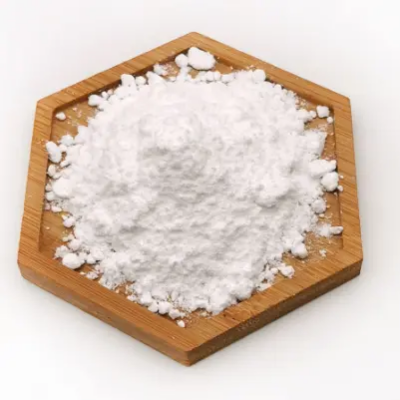
methyl 8-bromo-2H-chromene-5-carboxylate CAS:2417387-84-7
Methyl 8-bromo-2H-chromene-5-carboxylate, with the chemical formula C11H9BrO3, is a notable compound recognized for its distinct molecular structure and versatile applications. This organic compound exhibits intriguing chemical properties that render it valuable across various domains, particularly in pharmaceutical research and organic synthesis. Its molecular arrangement presents opportunities for innovation in developing novel compounds and materials, making it a significant component in chemical exploration and experimentation.
-

methyl 4-cyanotetrahydro-2H-pyran-4-carboxylate CAS:362703-30-8
Methyl 4-cyanotetrahydro-2H-pyran-4-carboxylate, with the chemical formula C9H11NO3, stands out as a remarkable compound due to its distinct molecular structure and versatile applications. This organic compound showcases intriguing chemical properties that make it valuable across various domains, particularly in pharmaceutical research and organic synthesis. Its molecular arrangement presents opportunities for innovation in developing novel compounds and materials, establishing it as a significant component in chemical exploration and experimentation.
-
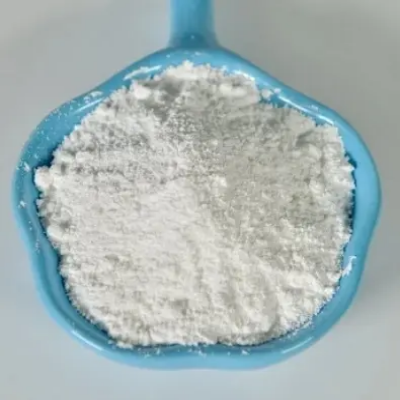
Methyl 4-(aminomethyl)tetrahydro-2H-pyran-4-carboxylate hydrochloride CAS:362707-24-2
Methyl 4-(aminomethyl)tetrahydro-2H-pyran-4-carboxylate hydrochloride, with the chemical formula C9H16NO3Cl, stands out as a remarkable compound due to its distinct molecular structure and versatile applications. This organic compound showcases intriguing chemical properties that make it valuable across various domains, particularly in pharmaceutical research and organic synthesis. Its molecular arrangement presents opportunities for innovation in developing novel compounds and materials, positioning it as a significant component in chemical exploration and experimentation.
-

9-Methyl-9H-purine-6-carboxylic acid CAS:1095822-37-9
9-Methyl-9H-purine-6-carboxylic acid, with the chemical formula C7H7N5O2, is a notable compound distinguished by its molecular structure and versatile applications. This organic compound exhibits intriguing chemical properties that render it valuable in various fields, particularly in pharmaceutical research and organic synthesis. Its molecular arrangement presents opportunities for innovation in the development of novel compounds and materials, making it a significant component in chemical exploration and experimentation.
-
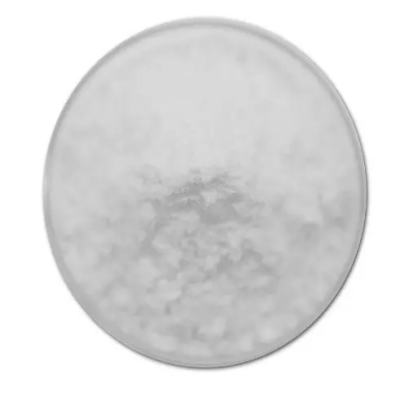
4-cyclopropylpyrrolidin-2-one CAS:126822-39-7
4-Cyclopropylpyrrolidin-2-one, with the chemical formula C7H11NO, is a notable compound distinguished by its unique molecular structure and versatile applications. This organic compound exhibits intriguing chemical properties that render it valuable across various domains, particularly in pharmaceutical research and organic synthesis. Its molecular arrangement presents opportunities for innovation in developing novel compounds and materials, making it a significant component in chemical exploration and experimentation.
-
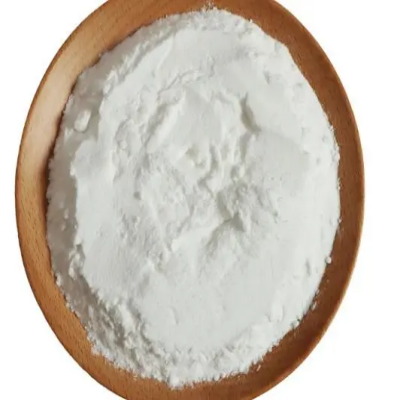
4-bromo-2,3-dihydro-1H-inden-1-ol CAS:16657-10-6
4-Bromo-2,3-dihydro-1H-inden-1-ol, with the chemical formula C9H9BrO, is a notable compound characterized by its distinctive molecular structure and versatile applications. This organic compound exhibits intriguing chemical properties that make it valuable across various domains, particularly in pharmaceutical research and organic synthesis. Its molecular configuration presents avenues for innovation in developing novel compounds and materials, establishing it as a significant component in chemical exploration and experimentation.
-
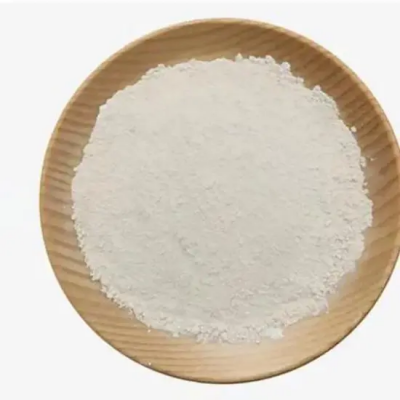
4-bromo-2,3-dihydro-1H-inden-1-aminehydrochloride CAS:1251922-71-0 903557-28-8
4-Bromo-2,3-dihydro-1H-inden-1-amine hydrochloride, with the chemical formula C9H10BrClN, is a notable compound known for its unique molecular structure and versatile applications. This organic compound exhibits intriguing chemical properties that render it valuable across various domains, particularly in pharmaceutical research and organic synthesis. Its molecular arrangement presents opportunities for innovation in developing novel compounds and materials, making it a significant component in chemical exploration and experimentation.

